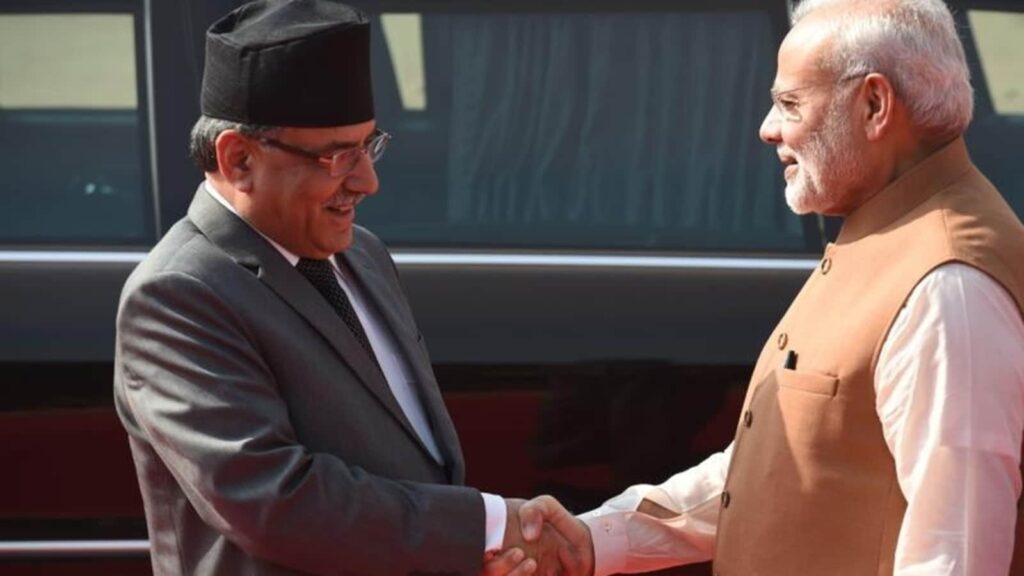When Prime Minister Pushpa Kamal Dahal, who continues to use his Maoist revolutionary era name Prachanda, first visited India as Prime Minister (PM) in 2008, he had just emerged from an underground violent insurgency and won his first election. Weeks earlier, Nepal had elected its first Constituent Assembly. India was deeply enmeshed in facilitating Nepal’s peace process, which entailed Maoists giving up their coercive structures. And Mr Dahal had chosen to first go to Beijing, before coming to New Delhi. Fifteen years later, as Mr Dahal stood alongside PM Narendra Modi during his fourth bilateral visit to India on Thursday, the context was radically different. The name Prachanda had stayed but the revolutionary zeal had dissipated. The Maoists have now participated in four elections. The Maoist coercive structure has dissolved. Mr Dahal skipped a visit to China to make Delhi his first port of call. And India-Nepal bilateral relations have moved from merely revolving around New Delhi’s role in Kathmandu’s politics to making substantive progress on the infrastructure of the future.
Earlier this year, soon after forming a post-poll government with the ultranationalist communist leader KP Sharma Oli, Mr Dahal recognised that he would have little autonomy and later formed a democratic government with his pre-poll ally, the centrist Nepali Congress. This suited New Delhi just fine. Both sides then used the political moment to build on ties. For long, Nepal’s hydropower potential has elicited dismay for merely remaining a possibility. With hydropower projects, many of them developed by Indian companies, making progress, an ambitious 10-year power deal will see Nepal’s exports help meet north India’s energy needs and boost the Nepali economy. New cross-border transmission lines are in the works. India has given the green signal to Kathmandu to sell power to Dhaka. South Asia’s most unique border, rooted in deep roti-beti ties, a term meant to denote kinship and livelihood connections, is in the middle of being modernised with new infrastructure at key points. To meet Nepal’s concerns about reliable fuel supplies, a transborder petroleum pipeline is being extended. Keeping with its objective of enhancing connectivity, India has used a renewed transit treaty to offer Nepal access to its inland waterways. And given the intense people-to-people ties, both countries have agreed to make cross-border digital payments easier for their citizens.
Mr Oli’s loyalists engaged in theories of all kinds — India’s only objective is to make Nepal a Hindu State, Mr Dahal is about to sell out Nepali interests, among others — to discredit the visit. But both governments were wise to ignore it. While Mr Dahal has not allowed his past ideological orientation to come in the way of deepening ties, New Delhi has been accommodative of Nepal’s nationalist concerns, with PM Modi himself suggesting that both countries will discuss all issues, including the boundary issue. There remain thorny issues — Kathmandu’s request for clearance for certain air routes, Delhi’s reluctance to accept a report of a bilateral eminent persons group, Delhi’s frustration with Nepali actors using India in their domestic political rhetoric and China’s growing role — and Nepal-India ties might again go through public controversies. But for now, the Nepal premier’s pragmatism and Mr Modi’s accommodation has put the relationship on the right track.
Enjoy unlimited digital access with HT Premium
Subscribe Now to continue reading


